After invading Ukraine, Russia offered peace deal resembling demand to surrender – Radio Liberty
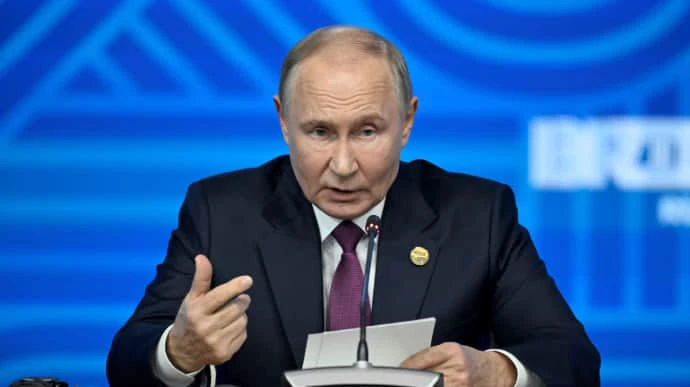
Journalists at Radio Liberty have analysed a "peace agreement" draft that Russia presented to Ukraine in the early days of the full-scale invasion. The document demanded that Ukraine reduce the size of its military, relinquish arms, recognise the so-called "Donetsk and Luhansk People's Republics", finance the rebuilding of Donbas, lift sanctions from Russia, and restore Soviet symbols in the country.
Source: Radio Liberty
Details: The draft, titled Agreement on Regulating the situation in Ukraine and Ukrainian neutrality, is dated 7 March 2022 – 11 days after Russia’s invasion and one week after the start of Ukraine-Russia negotiations. It was drawn up by the Kremlin and presented during the third round of talks in Belarus.
Radio Liberty received the document from a Ukrainian source, and a Russian source close to the negotiations confirmed its authenticity.
Quote: "Had the Ukrainian authorities accepted these conditions, it would have turned Ukraine into a marionette entity with a nominal neutral status, left with a tiny, toothless army, devoid of NATO protection, and with no chance to regain control over Crimea or Donbas. Ukraine would have been forced to recognise the independence of Donetsk and Luhansk Oblasts in their entirety, as well as large territories still under Kyiv’s control at that time."
Details: It is stated that the draft agreement consisted of six pages and four pages of annexes. The Russians included 18 articles covering various areas: the parameters of Ukraine's neutrality (military and international obligations), border issues, humanitarian issues (language, religion, history), and the lifting of sanctions imposed on Russia.
The Kremlin demanded that Ukraine's army be reduced to 50,000 troops, including 1,500 officers. The country would also have only four ships, 55 helicopters and 300 tanks.
In addition, Ukraine was to undertake "not to develop, produce, purchase or deploy missile weapons" with a range of more than 250 km on its territory. Radio Liberty notes that this is the distance that separates the Crimean Bridge from the Ukrainian-controlled Huliaipole (Zaporizhia Oblast).
Russia also reserved the right to ban Ukraine in the future from using "any other types of weapons that may be developed as a result of scientific research".
The document demanded that Ukraine recognise the independence of the so-called "Donetsk and Luhansk People's Republics" within the administrative borders of Donetsk and Luhansk Oblasts. In addition, according to the authors of the document, the Ukrainian side had to restore the Donbas infrastructure destroyed since 2014 at its own expense.
The Russian Federation's demands included the lifting of all sanctions, both Ukrainian and international, imposed on Russia, as well as the withdrawal of all international lawsuits filed since 2014, the restoration of all property rights of the Ukrainian Orthodox Church of the Moscow Patriarchate, and "to cancel and no longer introduce any bans on symbols associated in states with the victory over Nazism," which meant the de facto legalisation of Soviet and communist symbols in Ukraine. Russia also insisted on recognising Russian as the official language in Ukraine.
Previously: On 1 March 2024, The Wall Street Journal analysed the draft version of the peace agreement between Ukraine and Russia of 15 April 2022, believing that the Kremlin's goals have not changed much in two years and that it would again prefer to turn Ukraine into a neutral and vulnerable state in the event of negotiations.
Background:
- On 24 February 2022, after an eight-year hybrid war, Russia launched a full-scale invasion of Ukraine. On 28 February, negotiations to achieve peace had begun between the Ukrainian and Russian delegations.
- On 29 March 2022, the Ukrainian delegation in Istanbul publicly voiced its proposals to Russia regarding security guarantees, Crimea and Donbas. At that time, Russia had not responded to them.
- Vladimir Medinsky, the head of the Russian delegation, claimed that Ukraine had declared its readiness to fulfil Russia's "principled demands" in Istanbul, but he said nothing about the withdrawal of troops and made it clear that the Kremlin would not compromise on Crimea and Donbas.
- On 16 April 2022, Ukrainian President Volodymyr Zelenskyy stated that a peace treaty with Russia could consist of two documents: one on security guarantees for Ukraine and the other on its relations with the Russian Federation.
- On 30 September 2022, Zelenskyy put into effect a decision of the National Security and Defence Council, which stated that it was impossible to negotiate with Vladimir Putin and that Ukraine's defence capabilities needed to be strengthened. He later explained that Ukraine was not agreeing to negotiations because Putin's statements about his desire for peace were not sincere.
Read more: From Zelenskyy's "surrender" to Putin's surrender: how the negotiations with Russia are going
Before and after the counteroffensive: Are there perspectives in peace negotiations with Russia?
Support The-News by becoming our patron! Your help keeps us thriving. Thank you!
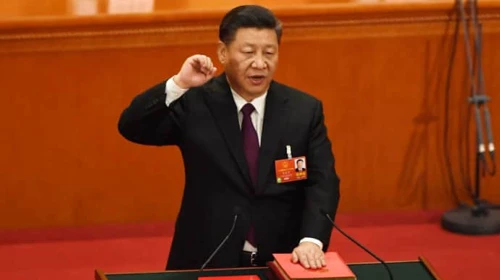
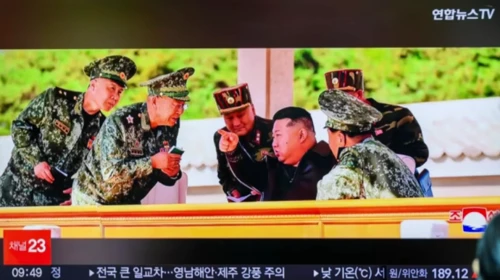
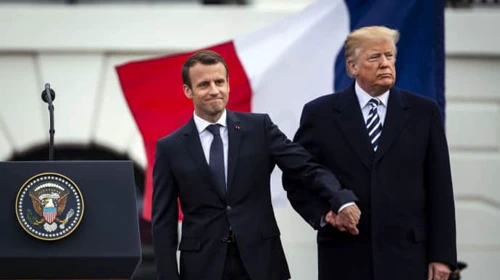
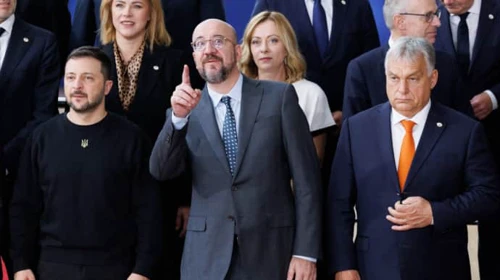
To leave a comment, please log in.